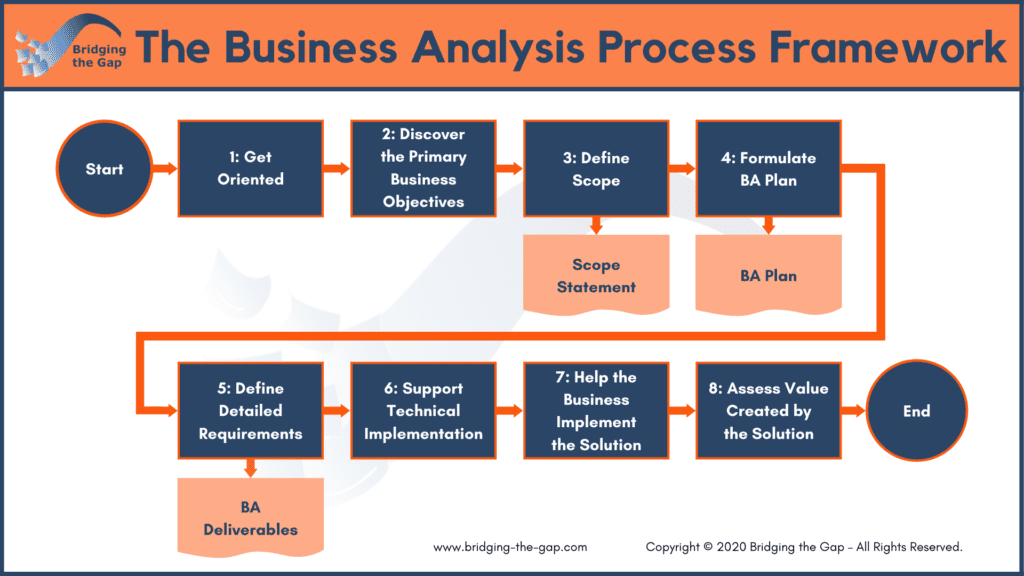I have asked this question in nearly every business analyst job interview I’ve conducted and rarely heard the answer I was looking for. The most common (and wrong) answer is “never”.
Let’s just be clear here: Someone who cannot clearly articulate how they will finish their primary task is not likely to be hired into the role.
So, what does it mean to be done with requirements? There are three basic criteria:
#1 – Alignment:
You have created alignment among your business stakeholders around what needs to be built to drive business value. The evidence of this alignment is clearly documented.
#2 – Buildable:
You’ve elaborated your set of requirements into a level of detail that an your implementation team can build from. For example, a software developer can’t build “advanced search” but s/he can build the “ability to search the full-text of the article, where full-text includes the title, summary, and full article content, and present the article titles of all matching results”.
This requirement has a slew of other related requirements as part of a complete system and is probably best documented in a use case, but the requirement itself passes muster in that it’s ready to be built.
#3 – Quality test:
The requirements meet your organization’s test for quality and applicable industry standards.
Inside The Business Analyst Blueprint® training program, you’ll discover how to review your own requirements against a set of industry-standard criteria, and then provide expert instructor reviews so that you also learn from your own mistakes.
Here’s the deal…
To answer this question confidently and with expertise, you really need to have a business analysis process framework. You need to be able to articulate the steps you go through to take a project from start to finish, so you can clearly define “done”.
The good news is that you don’t need to start from scratch – you can leverage Bridging the Gap’s Business Analysis Process Framework.
And be sure to join the Quick Start to Success as a Business Analyst free workshop for tips on how to leverage this framework to maximize your effectiveness.



Great post, Laura, on something that lots of people get wrong. I’ve had people accuse me of a “waterfall mentality” when I insist that you need to know what you’re building, and that it needs to be established clearly (subject to change request) rather than have its definition “never finished.” I’ll be quoting to others your lucid and succinct discussion of this topic!
Pingback: Jonathan Babcock » Blog Archive » Weekly Digest 08-43